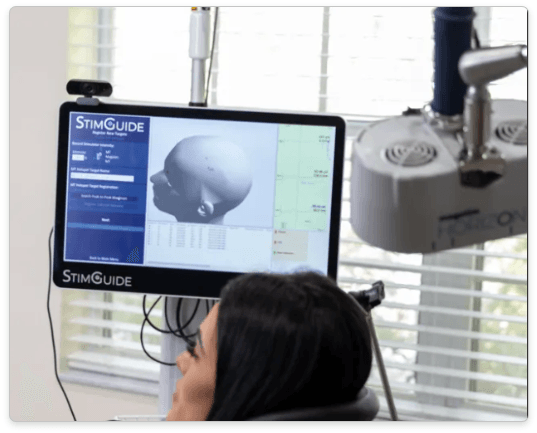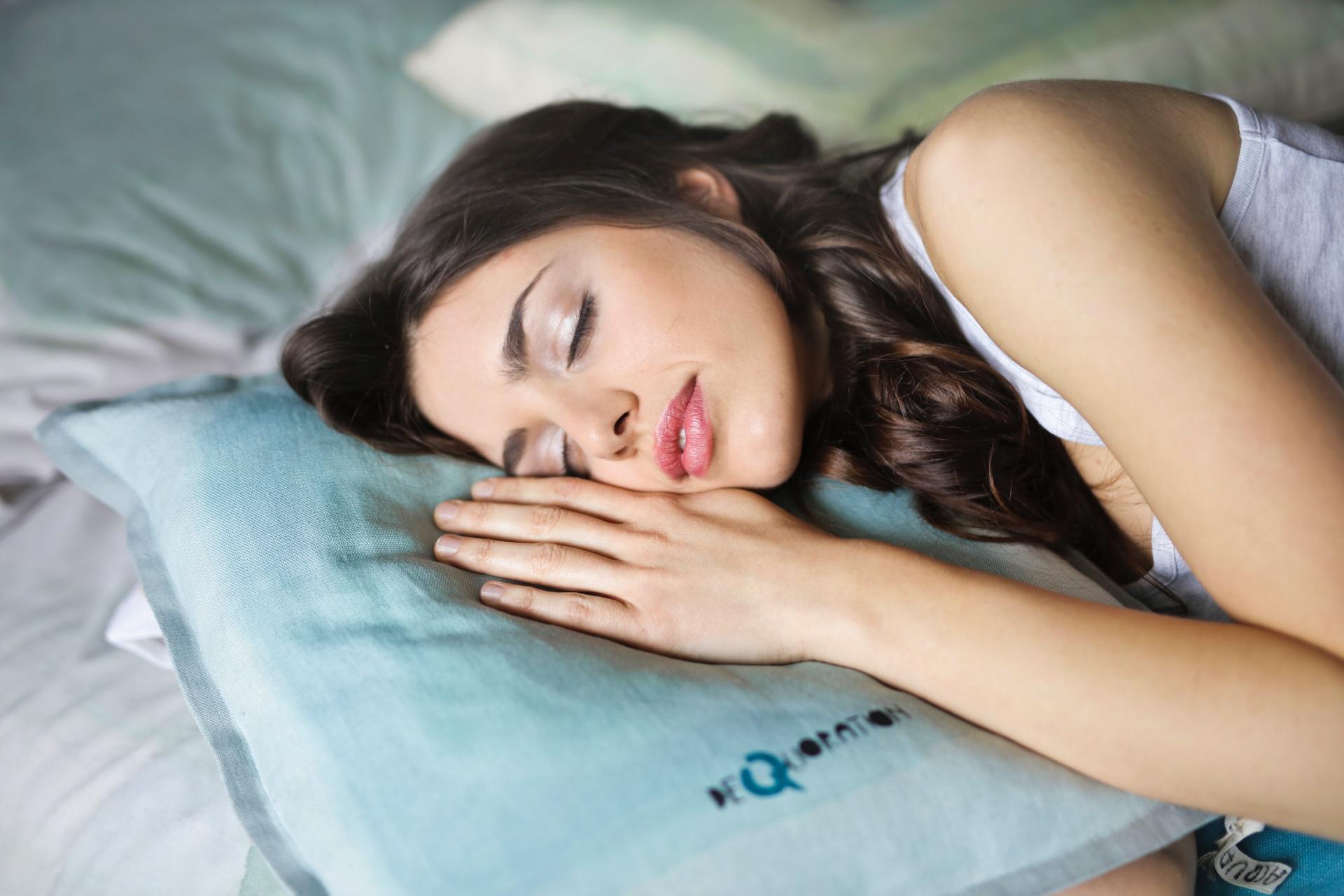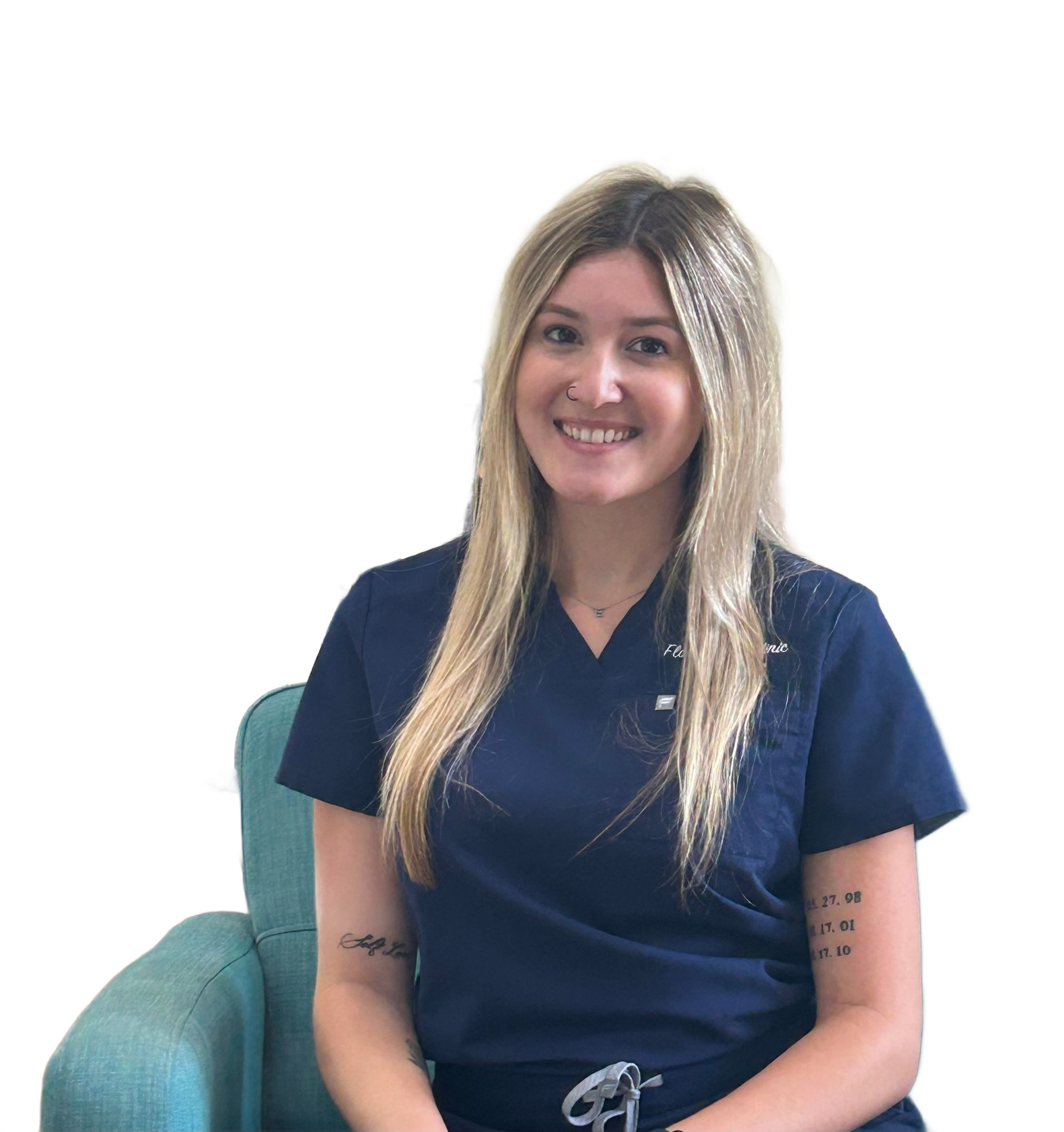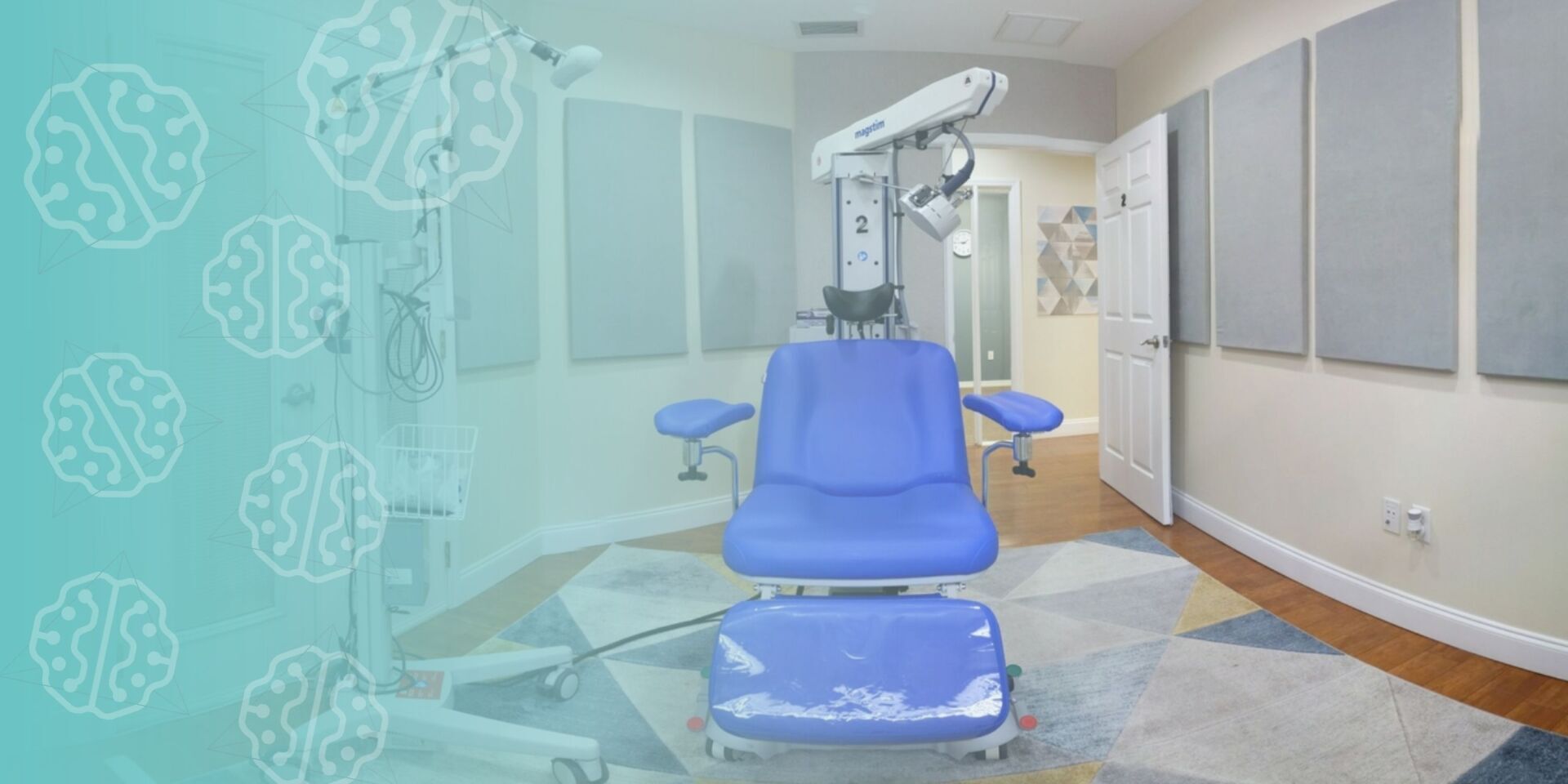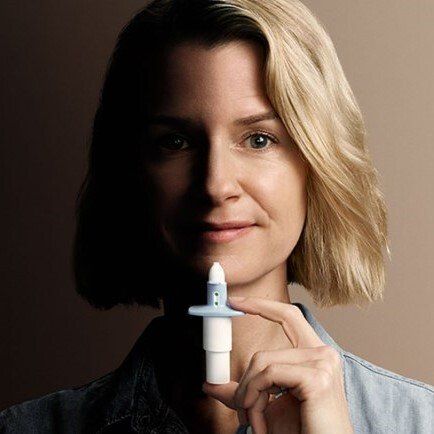Ketamine And Esketamine (Spravato) For Anxiety
What Is Generalized Anxiety Disorder (GAD)?
Generalized anxiety disorder (GAD) can be characterized by excessive anxiety and worry about real or imagined issues in everyday life. Anxiety can present on most days and is hard to control. Affected people commonly feel irritable and restless; their concentration is poor, and they are quickly tired; they may suffer aches and pains in muscles and frequent headaches, and they may have limited sleep. These symptoms impair activities and efficiency in everyday life. GAD is often present along with one or more other psychiatric disorders, most commonly depression or panic disorder. GAD affects about 2-5% of the population and is severe in 1%.
What Is Social anxiety disorder (SAD)?
Social anxiety disorder (SAD) can be characterized by an excessive fear of embarrassment or humiliation in small or large gatherings. Affected individuals may avoid parties, find it challenging to speak in groups, and underperform in social contexts. Such social situations almost always trigger anxiety. There is no anxiety or impairment when there is no social demand. The condition is also called social phobia. SAD affects about 7% of the population and is severe in about 2%.
Treatment Options For GAD and SAD
Most drugs used in the treatment of depression are also effective in the treatment of GAD. Examples include antidepressant drugs like Celexa, Prozac, Paxil, Zoloft, etc. Antianxiety drugs such as Buspar and Seroquel are less effective treatments, as are antihistaminics. Finally, different kinds of psychotherapy, relaxation therapies, biofeedback interventions, yoga, meditation, and even aerobic exercise can benefit patients with GAD. SAD can be treated with drugs belonging to the antidepressant class, like SSRIs; a benzodiazepine, like Xanax, can provide emergency relief in specific situations. Behavioral and psychotherapeutic interventions are also essential treatment strategies for SAD.
TMS therapy for anxiety can be another effective treatment option for anxious depression and GAD.
A small percentage of patients with GAD may remain severely impaired by anxiety despite trials of different treatments. Many patients with SAD may require emergency relief for workplace or community events that demand social engagement and performance.
Ketamine And Esketamine (Spravato) For Anxiety
Ketamine has been better studied in anxiety associated with depression, called MDD with Anxious Distress. Ketamine also showed benefits for Generalized Anxiety Disorder (GAD) and Social Anxiety Disorder (SAD or Social Phobia). Clinical research is inconclusive about Ketamine for Panic Disorder.
How Is Ketamine Given For Anxiety?
Ketamine can be given in many routes.
Intravenous (IV).
Intramuscular (IM).
Subcutaneous (SQ).
Sublingual (SL) - Lozenges or Troche.
Intranasal (IN) - Esketamine Spray or Spravato is today's only FDA-approved form of Ketamine product.
Oral (PO) - oral Ketamine is the least recommended route because of the poor bioavailability of the medication in the oral gastrointestinal route.
How Does Ketamine Or Esketamine (Sparavto) Work For Anxiety?
In anxiety disorders, there is substantial evidence of stress-induced brain cell damage. Ketamine antagonizes NMDA receptors, increasing Glutamate in the brain, impacting AMPA receptors, kainate receptors, and delta-opioid receptors. These receptors mediate excitatory signals and enhance plasticity between brain cells, which affects learning and memory. We call this process Neuroplasticity.
To simplify Neuroplasticity, think of it as two words. Neuro, which means brain, and plasticity, which means moldability. Plastic is called plastic because you can mold it into any shape. Plastic surgery is called plastic surgery because we are remolding the shape of the site of the surgical intervention. Neuroplasticity means remolding the brain, referring to the new molding of the connections between brain cells.
How Effective Is Ketamine Or Esketamine For Anxiety Disorders?
Though data on Ketamine for anxiety is less abundant than data on Ketamine for depression, generally speaking, and based on the current data, about two-thirds of patients can expect a 50% decrease in anxiety symptoms with Ketamine treatment.
Glue et al. (2017) studied subcutaneous ketamine in 12 patients with treatment-resistant Generalized Anxiety Disorder (GAD) and/or Social Anxiety Disorder (SAD). All 12 patients had a diagnosis of SAD, and 10 had a comorbid diagnosis of GAD. 10 out of 12 responded with reduced anxiety reported within 1 hour of drug administration. Eight of 12 patients (67%) had a >50% reduction in anxiety rating scales at 2 hours post-treatment.
The same
authors examined the efficacy and safety of ketamine as maintenance therapy in treatment-refractory GAD and SAD. Twenty patients (15 with GAD and 18 with SAD, and some both) were given one or two weekly ketamine doses of 1 mg/kg subcutaneously. Anxiety rating scores decreased by ~50%. Clinician-Administered Dissociative States Scale (CADSS) mean scores dropped from 20 points at week 1 to 8.8 points at week 14. Eighteen patients reported improved social functioning and/or work-related functioning during maintenance treatment.
In an
open-label study, oral ketamine was given to 14 hospice patients who also suffered from depression and anxiety symptoms. The Hospital Anxiety and Depression Scale (HADS), which is used to rate overall depression and anxiety symptoms, showed that all subjects who completed the trial had a reduction in both anxiety and depression symptoms when given ketamine treatment. The mean time to response for anxiety symptoms with ketamine was 8.6 days, while the mean time to response for depressive symptoms was 14.4 days. All subjects maintained this response to ketamine treatment through day 28.
In
Lattie et al. (2021) paper, 24 patients received subcutaneous Ketamine had a decrease in anxiety symptoms reported on Fear Scale. The improvement was dose-dependent.
In a study by
Lucchese et al. (2021), subcutaneous Esketamine was given to 70 patients with depression and/or anxiety. The response rate was 50%.
Ketamine Vs. SSRIs For Anxiety
Current pharmacologic therapies for anxiety disorders primarily target the monoaminergic system, like SSRIs and SNRIs. Unfortunately, the use of SSRIs and SNRIs is limited by a delay in onset to action (6–8 weeks) and low remission rates (25–35%). Another treatment option for anxiety disorders is benzodiazepines. Benzodiazepines are well known to provide immediate relief of symptoms of anxiety. Still, these are associated with long-term concerns about dependence and tolerance, which makes benzodiazepines poor treatment options as long-term therapeutic because of the loss of efficacy, side effects, and addiction risk.
Ketamine may provide a unique alternative treatment option for both immediate relief and maintenance treatment.
Risks And Side Effects Of Ketamine and Esketamine (Sparavto)
We advise that you speak with your doctor about the safety of Ketamine before taking this approach to treatment. Ketamine is a dissociative anesthetic. So the main side effect is dissociation. Lightheadedness, which is a by-product of dissociation, could also occur. Ketamine may cause dependence, and patients with a high risk for addiction should be cautious. Ketamine may increase heart rate, and patients with cardiac arrhythmias should not be candidates for Ketamine. Ketamine may cause a transient increase in blood pressure and some cases, hypertensive urgency. Patients with medical conditions sensitive to increased blood pressure, like aneurysms, should not be treated with Ketamine. Ketamine has not been proven safe and should not be given during pregnancy. Minor side effects include sleepiness, nausea, and rarely vomiting. It is important to note that patients shouldn’t be driving or operating heavy machinery after their Ketamine or Esketamine treatment until a restful night's sleep.
Can Ketamine Be Done Safely At Home?
No. Ketamine and/or Esketamine are not recommended for home use. Ketamine and Esketamine should always be done under medical supervision in a medical setting (clinic or doctor’s office). Before leaving the clinic, the patient should be monitored for 2 hours after each of their Ketamine or Esketamine treatments. Someone other than the patient should drive the patient back home. The presence of a therapist or receiving psychotherapy during Ketamine treatment may be beneficial but not mandatory.
Take Home Message
If you have been suffering from anxiety that didn't improve with talk therapy and classical medications treatment. It might be a good idea to bring up Ketamine or Esketamine as a treatment option. This is particularly important if you also have comorbid depression. Esketamine is an FDA-approved treatment option for Treatment Resistant Depression, which means that your insurance will cover the treatment when indicated.
Learn More
If you or someone you love is suffering from Depression and/or Anxiety, we encourage you to reach out to
Florida TMS Clinic to learn more about our innovative, effective, evidence-based
Esketamine (Spravato) treatment.
